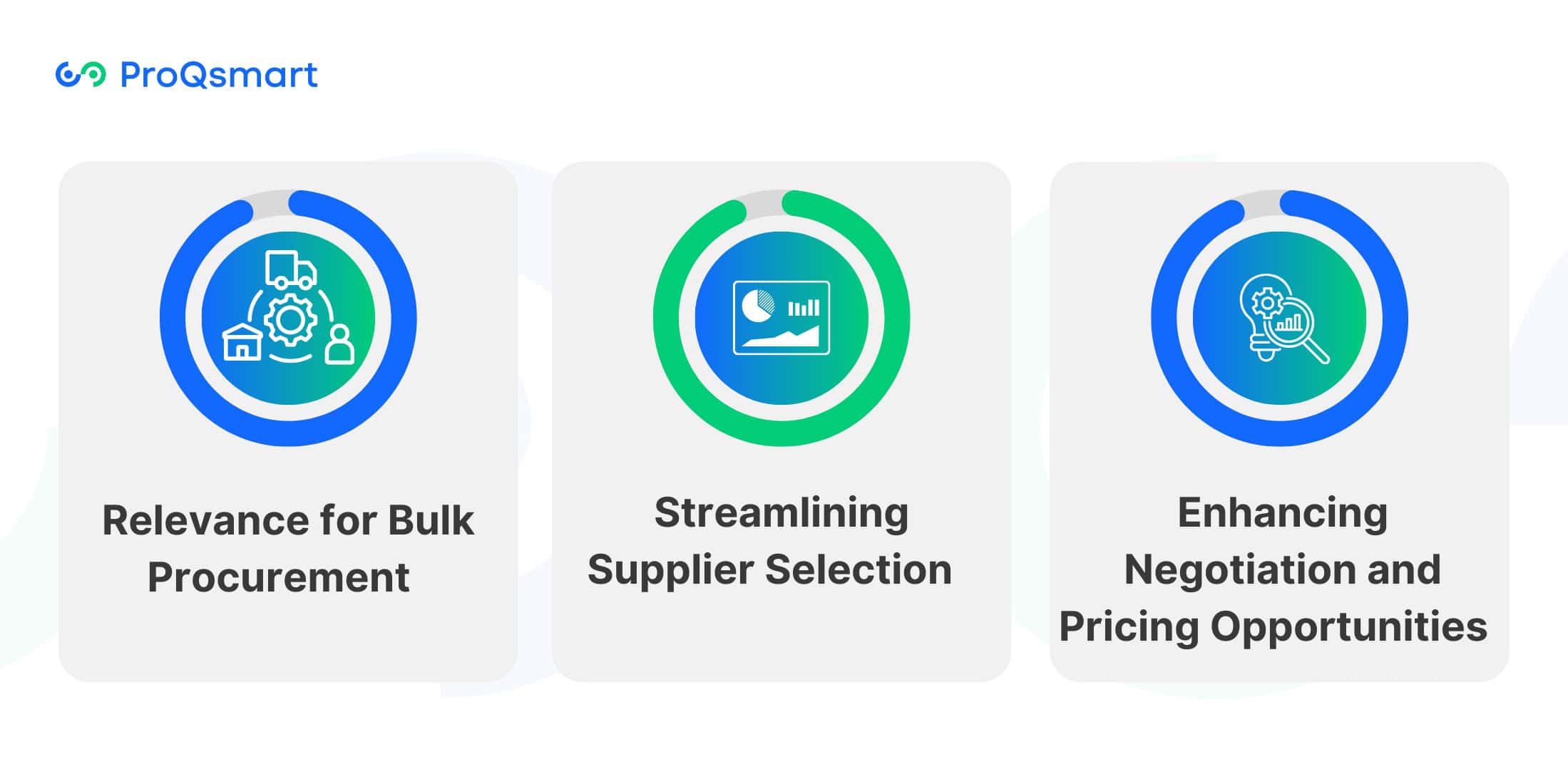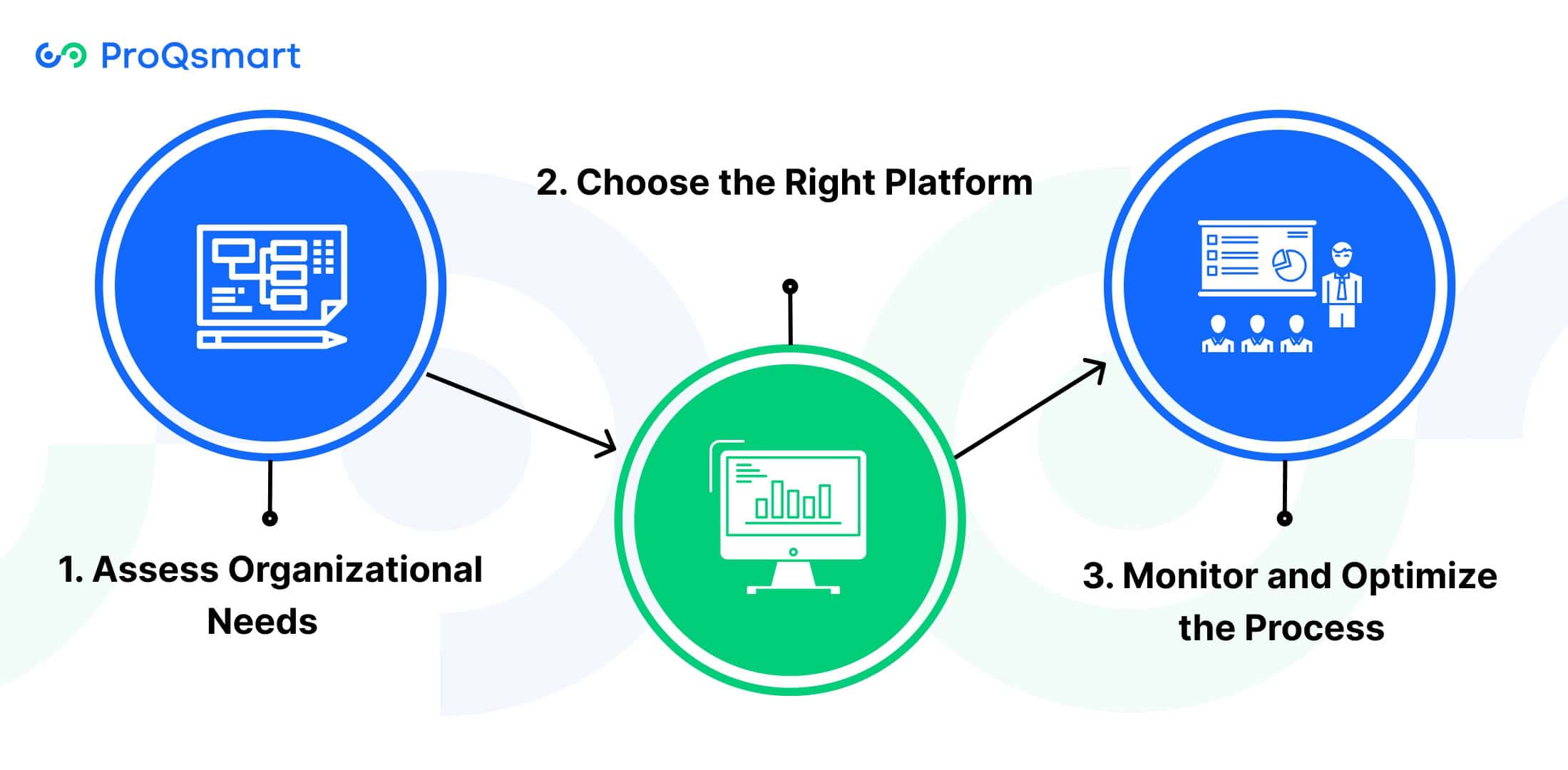E-tendering is revolutionizing the way organizations conduct their sourcing processes. By digitizing and streamlining supplier interactions, it makes everything from bid submissions and evaluations to contract awards easier and more efficient. This method eliminates much of the red tape while still promoting transparency and compliance throughout the procurement process.
Intended to improve overall efficiency, e-tendering frees up teams to focus on strategic business decisions instead of administrative tasks. For the private sector, e-tendering means reaching a wider range of suppliers, driving competition, and realizing cost savings.
Additionally, it works perfectly with existing procurement systems, providing data tracking and reporting in real-time. With industries moving into a more digital future, e-tendering paves the way for fast, efficient, sustainable, and accountable procurement practices to become the standard.
What is E-Tendering
E-tendering refers to the electronic process by which suppliers are invited to bid on goods and services, and where they submit those bids. It’s an alternative to the traditional, and inefficient paper-based methods with a centralized, digital platform that connects buyers and suppliers.
By using e-tendering systems, organizations can automate procurement activities like advertising tenders, collecting bids, and reviewing submissions. These systems are intended to increase the speed and security of the whole process.
Difference Between E-Tendering and Traditional Tendering

Aspect | E-Tendering | Traditional Tendering |
Speed of Submission | Reduces submission time by up to 50%, allowing for quicker procurement decisions. | Often slow due to manual processes, leading to delays in approvals. |
Cost Efficiency | Eliminates printing and postage costs, saving significant amounts per project. | Involves high administrative costs associated with paperwork and mailing. |
Bid Comparison | Allows easy viewing and comparison of bids on digital platforms, streamlining the evaluation process. | Requires manual handling of paper bids, making comparison cumbersome. |
Transparency | Provides full transparency for all bidders, enhancing competition and fairness. | Limited visibility into the bidding process, which can lead to misunderstandings. |
Tracking Capabilities | Improves tracking of submissions and decisions, facilitating better oversight. | Tracking is more challenging due to the reliance on physical documents. |
Data Management | Centralizes data storage, making it easy to access and analyze bid information. | Data is often scattered across various files and locations, complicating retrieval. |
E-Tendering in Bulk Purchases

Relevance for Bulk Procurement
E-tendering meets the unique challenges of bulk purchasing by streamlining the tendering process. It accelerates the often complicated logistics and coordination that can occur with large, multi-agency procurement activities. With an e-tendering system in place, businesses can manage large-scale procurement tasks quickly and easily while remaining compliant with industry regulations.
Platforms such as ProQsmart assist contracting authorities in effectively managing multiple contracts and relationships with potential vendors. They ensure prompt delivery and keep all parties aligned with the contract requirements. This is particularly crucial when sourcing abroad, as it reduces the chances of issues arising during post-delivery inspections.
E-tendering helps with inventory management, allowing businesses to monitor inventory levels and adjust procurement to match demand, avoiding costly overstocking or shortages. Finally, protection of sensitive information is another important feature, especially for bulk procurement, where contracts of high value tend to be common.
Streamlining Supplier Selection
E-tendering can significantly enhance the supplier evaluation process by automating and centralizing various procurement processes. Buyers can effectively compare vendor qualifications based on pre-established criteria, including price, quality levels, and delivery schedules. Utilizing scoring systems ensures that decision-making relies on data rather than guesswork, making the tendering process more efficient.
ProQsmart simplifies this entire procurement process with a secure repository of supplier information. This repository serves as the foundation for monitoring vendor performance and maintaining long-term partnership values. By streamlining operations, automation minimizes errors and expedites vendor selection while safeguarding against fraud.
Integrated systems, such as ERP and AP automation, facilitate easy data sharing, allowing for the management of multiple bid tenders simultaneously. For instance, while negotiated tendering can be lengthy, e-tendering accelerates negotiations while ensuring equity and transparency throughout the process.
Enhancing Negotiation and Pricing Opportunities
E-tendering significantly enhances competitive pricing through the use of reverse auctions, where suppliers bid live in real-time to secure the most favorable terms. This online procurement approach not only incentivizes cost savings but also creates visibility into pricing dynamics. Platforms like ProQsmart empower businesses to analyze bids holistically, identifying opportunities to refine their pricing strategies and foster long-term partnerships with potential vendors.
These new platforms, such as ProQsmart, give businesses the ability to analyze bids holistically, pinpointing opportunities to improve their pricing strategies and build long-term partnerships with suppliers. Transparent communication about expectations during negotiations is particularly important for bulk purchases.
By leveraging an e-procurement approach, businesses can streamline their procurement processes, making it easier to manage documentation and enhance overall efficiency. The integration of e-tendering tools allows for a more organized and effective tender management process, ultimately benefiting all stakeholders involved.
E-Tendering in Manufacturing
Role in Managing Supply Chains
E-tendering is crucial for enhancing transparency and efficiency in manufacturing supply chains. By digitizing the tendering process, organizations gain real-time insights into procurement activities, which helps to identify bottlenecks and avoid production delays. The integration of e-tendering platforms improves data accuracy and facilitates quicker bid evaluations, allowing procurement teams to respond rapidly to market demands. Additionally, analytics-driven insights from e-tendering help manufacturers forecast demand and assess supplier reliability, ultimately strengthening supply chain management.
Supporting Large-Scale Procurement Needs
For manufacturers, the procurement burden can be particularly daunting, especially for high-volume or global endeavors. E-tendering platforms play a crucial role in this context, as they provide scalable solutions tailored for enterprise organizations. For instance, ProQsmart enables budget-driven procurement through its etendering system, allowing for real-time tracking to ensure spending aligns with your company’s objectives. Flexibility remains perhaps the strongest attribute of all.
E-tendering meets evolving procurement requirements, ranging from sourcing raw materials to support daily operations, to engaging subcontractors for constructing a new manufacturing plant. With advanced capabilities for managing large bills of quantities and automating workflows, it offers better control to meet even the most complex procurement processes. Global initiatives can be particularly advantageous, granting access to a larger, more competitive supplier pool, which fosters greater competition and drives increased cost savings.
Ensuring Quality and Compliance Standards
Quality and compliance in manufacturing are never negotiable. E-tendering platforms ensure quality standards are met by building supplier audits and compliance monitoring directly into the procurement process.
This is where ProQsmart really shines by automating all documentation and providing a full audit trail of all sourcing data. Regulatory compliance is made simple with e-tendering, as most platforms ensure that manufacturers remain compliant with industry standards.
Supplier performance monitoring ensures that suppliers consistently fulfill contract terms and quality expectations. This unparalleled level of oversight is what allows manufacturers to protect their reputation and product quality.
How to Implement E-Tendering

1. Assess Organizational Needs
Understanding the specific procurement challenges within your organization lays the groundwork for effective e-tendering. It is essential to evaluate current pain points, such as inefficiencies in bid submission or lack of transparency. Aligning e-tendering goals with broader business objectives, such as cost reduction or sustainability targets, ensures the solution delivers value.
For example, if reducing submission times is critical, consider how e-tendering can cut submission timelines by up to 50%. Stakeholder input is essential to this step. By engaging procurement teams, finance departments, and even key suppliers, it’s possible to find the gaps and opportunities to do better.
Set actionable, measurable key performance indicators (KPIs)—such as supplier response times or cost savings—to gauge success after implementation.
2. Choose the Right Platform
Choosing the best e-tendering platform means doing your research on available features and capabilities. Explore systems or platforms that offer centralized digital storage. This will allow you to easily pull back bids and fit into your current systems for more seamless workflows.
ProQsmart, for example, uses AI to automate low-value, repetitive tasks, inform better decision-making, and create a more collaborative document management process. User experience is the other big consideration. A simple, intuitive interface minimizes the learning curve for staff and suppliers, which makes adoption easier.
Equally as important as flexibility is scalability, especially for organizations that are looking to grow or take on larger and more complex procurement projects. Easily accessible vendor support – from training resources to ongoing customer service – helps keep your e-tendering implementation on the right track for the long haul.
3. Monitor and Optimize the Process
Metrics such as bid turnaround times should be monitored to ensure that e-tendering is streamlined for future use. Consistent review allows for detection of inefficient practices, and the use of data analytics sharpens bidding strategies.
ProQsmart’s AI-driven insights automatically adjust to market fluctuations, so you can enjoy continued success long after implementation.
Strategic Impact of E-Tendering
E-tendering helps create a more unified, strategic procurement strategy by consolidating decentralized processes onto one digital platform. Organizations obtain transparency and equal access to information by using an online portal to release Invitations to Tender (ITTs). This method simplifies and expedites the process of managing supplier responses.
This approach helps create an environment where all potential suppliers can see applicable tender opportunities, creating a level playing field where fairness builds trust. With submission times cut by as much as 50%, procurement teams are able to save valuable time and focus on strategic decision-making.
Building Stronger Supplier Relationships
E-tendering provides real-time communication and shared visibility into project information so that all suppliers can work together more effectively. When all supplier interactions are transparent, suppliers can gain a clearer understanding of organizational needs and expectations, fostering deeper trust.
For instance, keeping suppliers up to date quickly and efficiently, all from one convenient hub, can enhance supplier experience and increase repeat participation. Feedback mechanisms built into e-tendering platforms are important. They facilitate productive performance evaluations that allow suppliers to better meet the needs of projects.
Long-term relationships, founded on regular dialogue and mutual goals, drive greater efficiencies and savings in the long run.
Enabling Agile Procurement Strategies
This flexibility inherent in e-tendering enables rapid changes in procurement plans to address widely changing business needs. Tools such as flexible, real-time bidding options help procurement teams react quickly to shifts in the marketplace.
For example, during periods of inflation or market volatility, entities can use the ability of e-tendering to quickly reevaluate bids received and award contracts promptly. This level of responsiveness allows businesses to stay competitive and still have better control over cost and project timelines.
Beyond e-tendering, ProQsmart’s platform is agile at its core, automating and streamlining workflows and creating collaboration in real-time.
Leveraging Data for Better Outcomes
Having data stored in a centralized location makes for analysis and reporting extremely easier, and many e-tendering platforms offer these functionalities. This increased access to historical data helps procurement teams to make more informed decisions.
Standardized reporting tools allow for apples-to-apples evaluations of supplier performance, giving you the ability to drive continuous improvement. ProQsmart’s AI-powered analytics take these processes a step further, allowing businesses to maximize ROI by saving money and improving supplier performance.
Conclusion
E-tendering has transformed the tendering process for businesses, providing speed, transparency, and control, which are essential for building smarter and more resilient supply chains. It enhances efficiency in both bulk purchasing and manufacturing, enabling procurement teams to save costs while fostering better relationships with suppliers. By simplifying complex processes, e-tendering helps organizations remain competitive and achieve their strategic goals with confidence.
To successfully implement e-tendering, start with a clear plan and the right tools. Ensure your team is aligned, invest in proper training, and select technology that best fits your needs. These steps will help you realize tangible value and position your organization for long-term success.
Don’t get left behind—adapt to more efficient procurement practices today. To learn how ProQsmart can enhance your e-tendering experience, book a demo now and start achieving improved outcomes from the outset.





